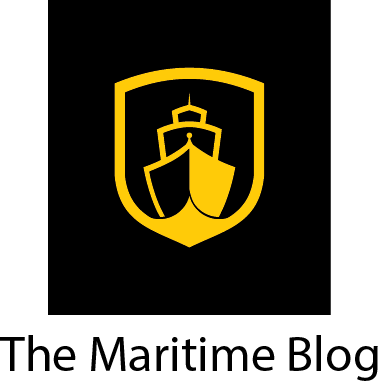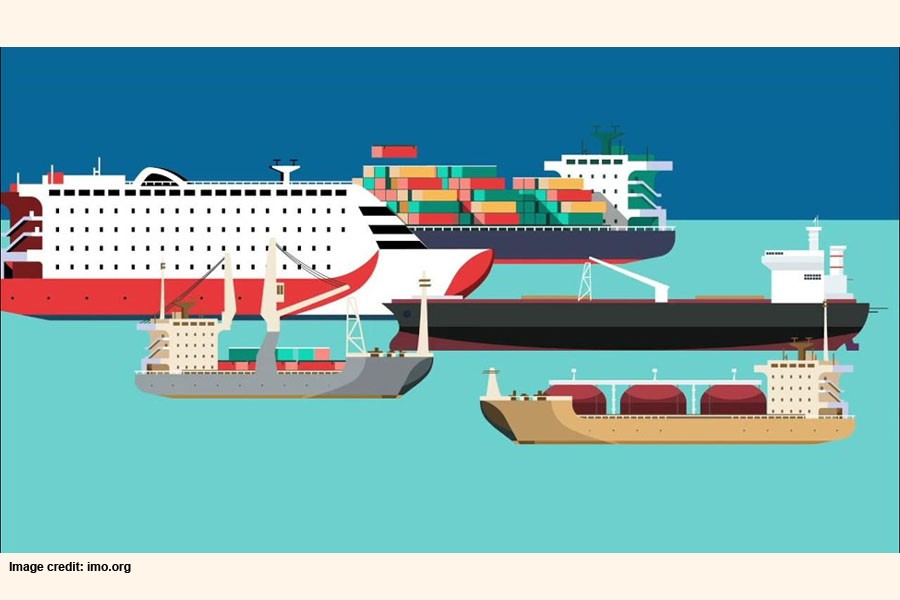Sleeping Sailors on U.S.S. Fitzgerald Awoke to a Calamity at Sea

Damage to the U.S.S. Fitzgerald, which was berthed at its mother port in Yokosuka, southwest of Tokyo, on Sunday. Credit Kazuhiro Nogi/Agence France-Presse — Getty Images
TOKYO — Hundreds of sailors were asleep in their berths on board the United States Navy destroyer Fitzgerald early on Saturday when a cargo ship struck it broadside off Japan. After a frantic search through twisted wreckage and flooded cabins, the Navy said on Sunday that several sailors did not survive.
Bodies were found in the berthing compartments of the damaged destroyer, Navy officials said, after seven sailors were declared missing. The Navy would not identify the dead or confirm the number of bodies it had recovered until relatives were notified, but it said the search for survivors had ended.
The bodies were discovered by rescue divers who worked their way through extensive damage to the Fitzgerald’s starboard side.
“This was not a small collision,” Vice Adm. Joseph P. Aucoin, commander of the Navy’s Seventh Fleet, said at a news conference.
Admiral Aucoin described how the crew of the Fitzgerald had scrambled to keep the ship afloat after it collided with the larger cargo vessel, the ACX Crystal, which is registered in the Philippines.
“They prevented the ship from foundering or even sinking,” Admiral Aucoin said. He declined to speculate about which ship had caused the collision.
The question of what caused the collision on a clear night between two ships equipped with advanced detection systems remained unanswered.
Admiral Aucoin said he was ordering an investigation by the Navy’s Judge Advocate General, which would be led by a flag officer. The United States Coast Guard would conduct its own inquiry, he said, and the Navy would cooperate with inquiries by the Japanese authorities.
The collision occurred in a busy shipping lane south of Tokyo a little before 2:30 a.m. on Saturday, a time when most of the Fitzgerald’s crew would have been asleep. Among the compartments that flooded were cabins where 116 sailors were sleeping, Admiral Aucoin said.
About 400 vessels pass through the shipping lane each day, the Japanese Coast Guard said. Three major accidents have been reported in the area in the past five years, including at least one fatality, said Masayuki Obara, a Coast Guard official.
Mr. Obara said the Coast Guard was interviewing the crew of the Crystal to determine, among other things, whether negligent piloting by either side contributed to the collision. No injuries were reported on the Crystal, which had been traveling up the Japanese coast.
After the accident, the Fitzgerald was escorted back to its base, in Yokosuka, Japan. There and elsewhere, relatives anxiously awaited news.
“Please, we need to know more info,” a woman named Mireya Alvarez posted on the Facebook page of the Seventh Fleet on Saturday. “Two officers came to my mother’s home,” she wrote, to “tell her that my brother is one of the missing.”
The Fitzgerald’s commanding officer, Bryce Benson, was among those injured in the collision. He was airlifted by a Japanese Coast Guard helicopter to Yokosuka, along with two other crew members, all of whom were conscious, the Navy said.
“His cabin was destroyed. He’s lucky to be alive,” Admiral Aucoin said of Commander Benson.
The Navy said the collision inflicted significant damage to the destroyer above and below the water line, flooding berths, a machinery area and the radio room. Photographs showed the side of the Fitzgerald caved in about one-third of the way back.
Marc Tuell, who served as a personnel specialist on the Fitzgerald from 2010 to 2013, when he retired from the Navy, said it was deeply disturbing to watch the video of the damaged ship being towed to port in Japan.

“I was putting myself in the mind-set of what the crew is going through,” said Mr. Tuell, of Deltona, Fla., who now works at a Toyota dealer. “It’s pretty heart wrenching, having walked those decks for three years.”
He described the ship at 2 a.m. as “pretty quiet. You’re at your watch station. Most of the ship is sleeping.”
The Crystal, at 730 feet in length, is more than 200 feet longer than the Fitzgerald and, with its load of shipping containers, would weigh several times as much.


















